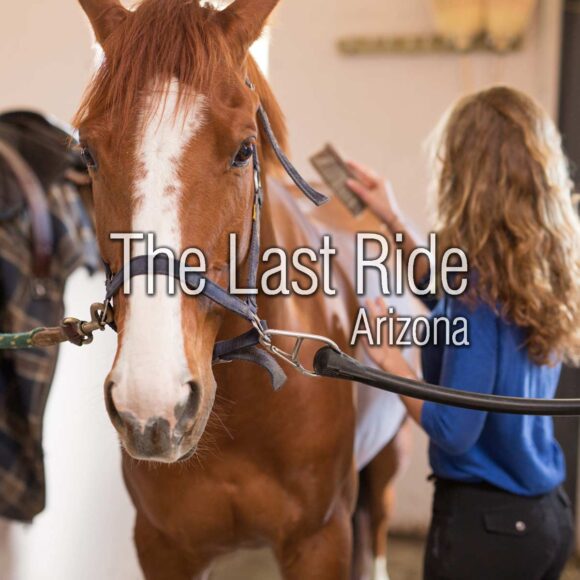Essential Horse Care Tips for Arizona Summers

Arizona summers can be harsh on horses, making proper care essential. Here are some tips to keep your horse healthy:
-
Hydration: Ensure your horse has access to fresh, clean water at all times. Dehydration can be a serious issue in hot weather.
-
Shade and Shelter: Provide ample shade and shelter to protect your horse from the sun’s intense rays.
-
Monitor for Heat Stress: Be vigilant for signs of heat stress, such as heavy sweating, rapid breathing, or lethargy. If you notice these symptoms, consult a veterinarian immediately.
-
Regular Health Checks: Schedule routine veterinary check-ups to ensure your horse remains in good health throughout the summer months.
By following these tips, you can help your horse stay healthy and comfortable during the Arizona summer. For more horse care tips and professional services, visit The Last Ride AZ.
#HorseCare #ArizonaSummer #EquineHealth #TheLastRideAZ #AnimalWellbeing #HeatSafety #PhoenixAZ








